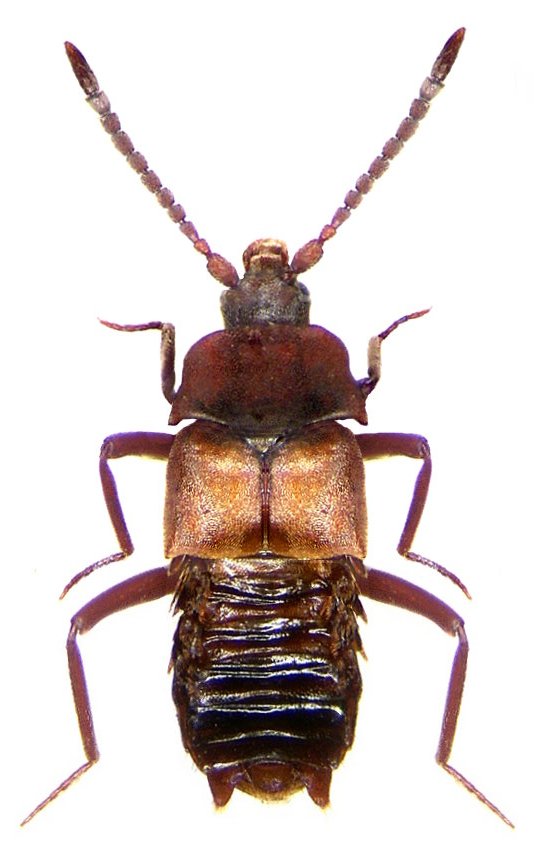|
Crematoxenini
Crematoxenini is a tribe of rove beetles in the family Staphylinidae. There are eleven genera and about eighteen described species in Crematoxenini. Genera These eleven genera belong to the tribe Crematoxenini: * ''Beyeria (beetle), Beyeria'' Fenyes, 1910 * ''Crematoxenus'' Mann, 1921 * ''Cryptomimus'' Reichensperger, 1926 * ''Diploeciton'' Wasmann, 1923 * ''Ecitosius'' Seevers, 1965 * ''Ecitotima'' Seevers, 1965 * ''Neivaphilus'' Jacobson & Kistner, 1992 * ''Neobeyeria'' Jacobson, Kistner & Abdel-Galil, 1987 * ''Philacamatus'' Bruch, 1933 * ''Probeyeria'' Seevers, 1965 * ''Pulicomorpha'' Mann, 1924 i c g Data sources: i = ITIS, c = Catalogue of Life, g = GBIF, b = Bugguide.net References Further reading * * * * * Aleocharinae Articles created by Qbugbot {{staphylinidae-stub ... [...More Info...] [...Related Items...] OR: [Wikipedia] [Google] [Baidu] |
Aleocharinae
The Aleocharinae are one of the largest subfamilies of rove beetles, containing over 12,000 species. Previously subject to large-scale debate whether the subfamily deserved the familial status, it is now considered one of the largest subfamilies of rove beetles.James S. Ashe (1947–2005Tree of lifeUniversity of Kansas, Lawrence, Kansas, USA Description The Aleocharinae are generally small to minute beetles, as they can reach a maximum length of about , but usually they are long, with a few species of , among the smallest of beetles. The body is usually slender, often densely and finely punctured; the head is more or less round and the color may be light or dark brown, reddish-brown, or black, sometimes with contrasting colors of red, yellow, and black. Anatomy Because of the size of the subfamily, their anatomy is extremely variable. However, a few key features are shared by all rove beetles. All members have antennae with 10 or 11 segments. The antennal insertion is poster ... [...More Info...] [...Related Items...] OR: [Wikipedia] [Google] [Baidu] |
